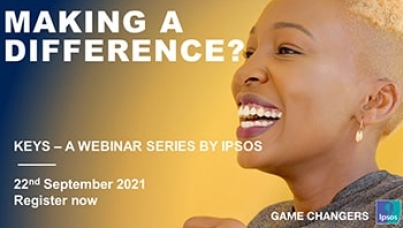從行為科學角度來看繁忙世界裡的購買決策 章節1/2
雖然我們總希望盡可能地充分思考、審慎做決定,但面對大量的資訊、總是不夠用的時間,加上有限的心智容量,將所有可得到的資訊納入考量並不是件實際、可行的事。取而代之,我們憑藉著片面的資訊做決定,這讓我們能迅速做出選擇,然後繼續下一個工作。
我們的理論架構說明了當消費者沒有心智容量或動機去深思熟慮時,會如何對品牌做出選擇。這種情況通常發生在涉入度低的商品類別(例如快速消費品),或者更普遍發生在選擇錯誤也無關緊要的時候(例如對金錢或心理不會有什麼損失)。這個理論的重點很簡單:我們記憶的內容,以及這些記憶被喚起的容易度(顯著性),會做為影響我們做決定的思考捷徑。
As much as we would like our decisions to be thoughtful and fully considered, the large amount of information, lack of time and our limited mental capacity make it difficult to do so. To consider all the available information would not be practical or possible. Instead, we base our decisions on singular pieces of information.
Our framework explains how consumers make brand choices when they do not have the mental capacity and/or motivation to engage in more deliberate thinking. Such situations typically include low involvement categories (e.g., fast moving consumer goods) or more generally, situations where a wrong decision is inconsequential (e.g., monetarily or psychologically). The key idea of the framework is simple: The content of our memories and the ease with which these memories come to mind (salience) serve as heuristics that influence the choices we make.




